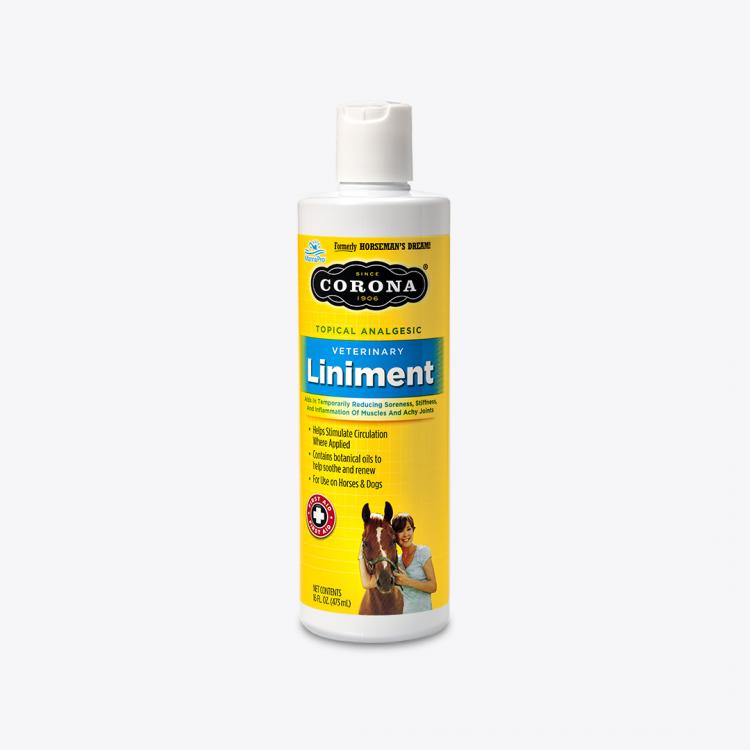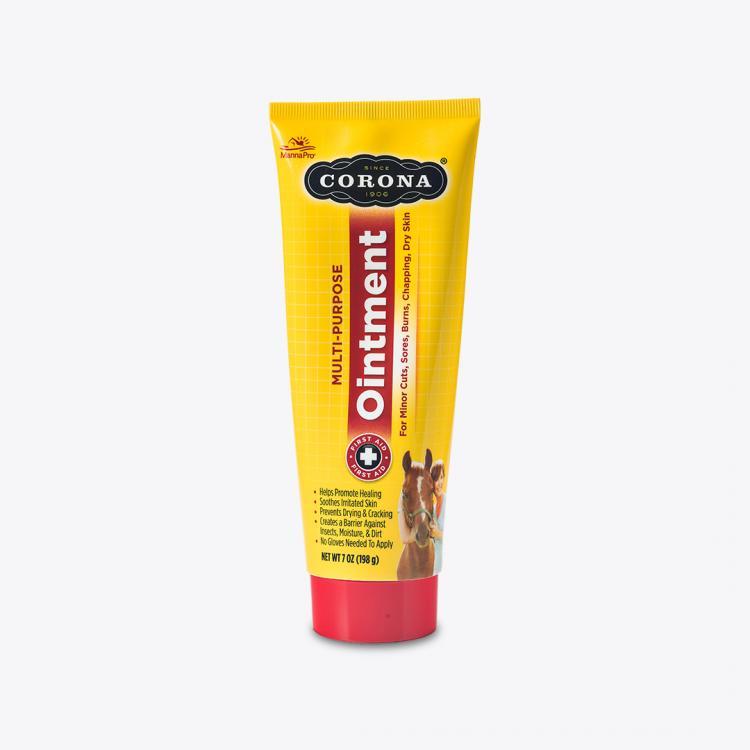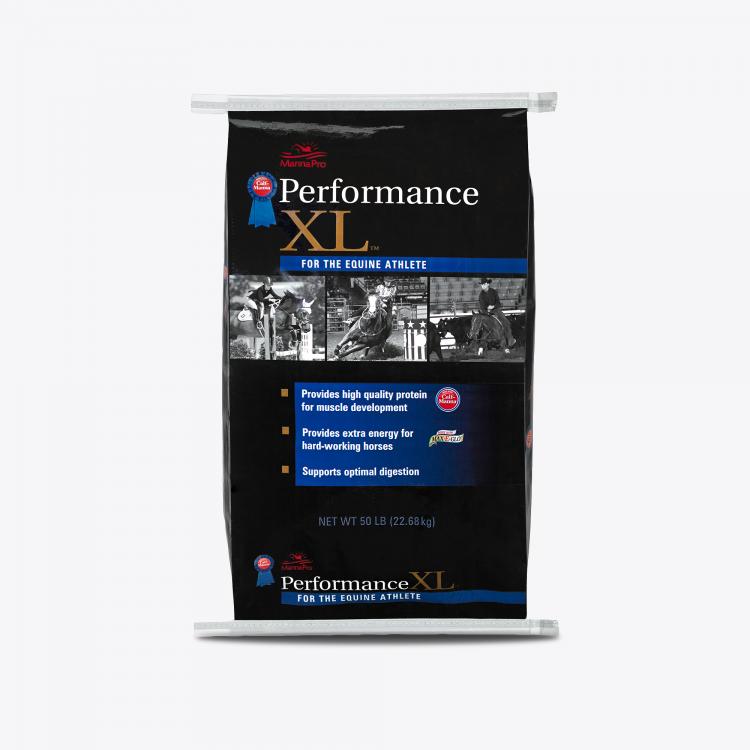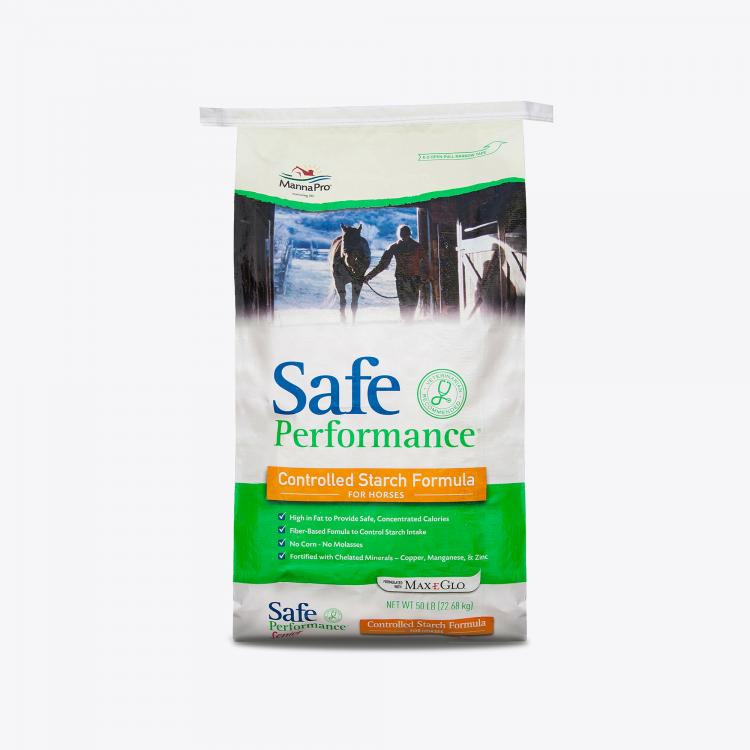Posted by Gabby Gufler, Tue, Jun 30, 2015

The best way you can thank your horse is to help make sure they are ready to go the next time you want to ride! How you care for your horse’s legs after a workout can make a big difference in their short- and long-term soundness. Developing a post-riding routine is essential. Follow these four steps to help get you started:
- Determine what is normal. First things first: Examine your horse’s legs and determine what is normal so you are able to notice when things are not as they should be. Although general anatomy should be similar from horse to horse, every horse’s legs will vary. For example, individual confirmation or previous life experiences will impact the look and feel of a horse’s limbs. With this in mind, go over your horse’s legs with your hands to learn what is normal for them. This will help you determine whether the bump you found on their leg was there before or after your recent ride.
- Walk your horse. After each ride, always walk your horse for at least 10 minutes. Let your horse relax and cool down during this period. Pay close attention to how your horse is walking; if you can feel or hear unevenness, your horse is likely sore. If they don’t relax their lower neck, it could also be a sign of soreness in their back or front legs. If you notice any of these things, dismount and walk your horse back to the barn.
- Inspect your horse. After you have unsaddled your horse and allowed their breathing to return to normal, inspect their legs. Just as before, run your hands down their legs to feel for anything that may be abnormal, such as a change in texture, soft swelling or unexpected temperature change (such as a warm spot). Also check their digital pulse; inflammation in a limb can cause the pulse to become stronger and easier to feel than normal. If you find a suspicious area, wait an hour before checking it again. If the abnormality is still present or has gotten worse, call your veterinarian immediately. Helpful tip: Keep in mind that during the summer, a horse working in splint boots will likely have warmer legs than usual, and a horse just coming in from a workout may have a higher digital pulse than normal. Always remove their tack and wait for them to be calm and cool before beginning your assessment.
- Therapies. Aim to accelerate the body’s ability to recover after a workout in an attempt to safeguard your horse’s legs. Horse liniments help restore the horse’s legs to their pre-workout state.
Liniments work to cool the legs, and typically you should look for a menthol-based product such as Corona® Liniment. Heat in a limb during a workout is normal and also beneficial, as it helps keep the structures pliable. After exercise, however, residual heat can damage tissues and is associated with inflammation. Heat will eventually leave on its own, but anything that we can do to speed up the process can help prevent potential damage.
When muscles and joints have been strained, their body supplies them with oxygen-rich blood. The increased blood helps eliminate fatigue acids that make muscles sore. If the blood is unable to flow freely to an area, stiffness, numbness and pain can occur. Liniments’ second goal is to help increase blood flow throughout the body to prevent soreness and stiffness from occurring.
How to Apply a Topical Horse Liniment:
- Option 1: For daily use after a hard workout, you can simply rub a horse liniment on their legs from the knee down. Begin by gently rubbing the hair up, then massage in the gel or lotion by rubbing down. To prolong the heating effect of a horse liniment, a breathable wrap can be used after application, which will naturally help warm up the horse’s legs for a longer period of time. Always be sure that the horse liniment you choose to use on their legs will not cause them to blister.
- Option 2: You can also dilute the liniment with water to use it as a full-body rubdown after a tough workout session. A liniment bath will help increase the flow of blood throughout the entire body, helping your horse’s body recover from the workout and be in peak shape for the following day.
Which horse liniment should you choose? Corona Liniment aids in temporarily addressing muscle soreness and achy joints.





